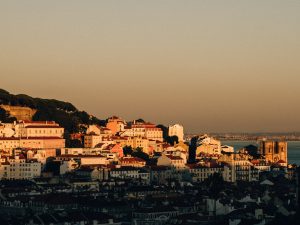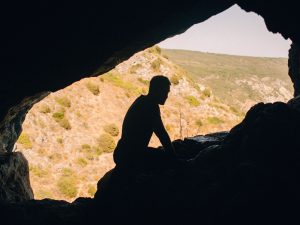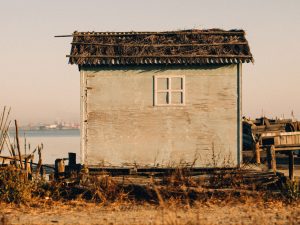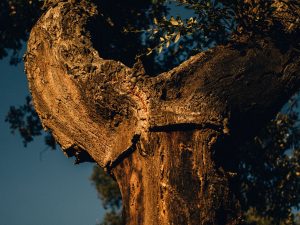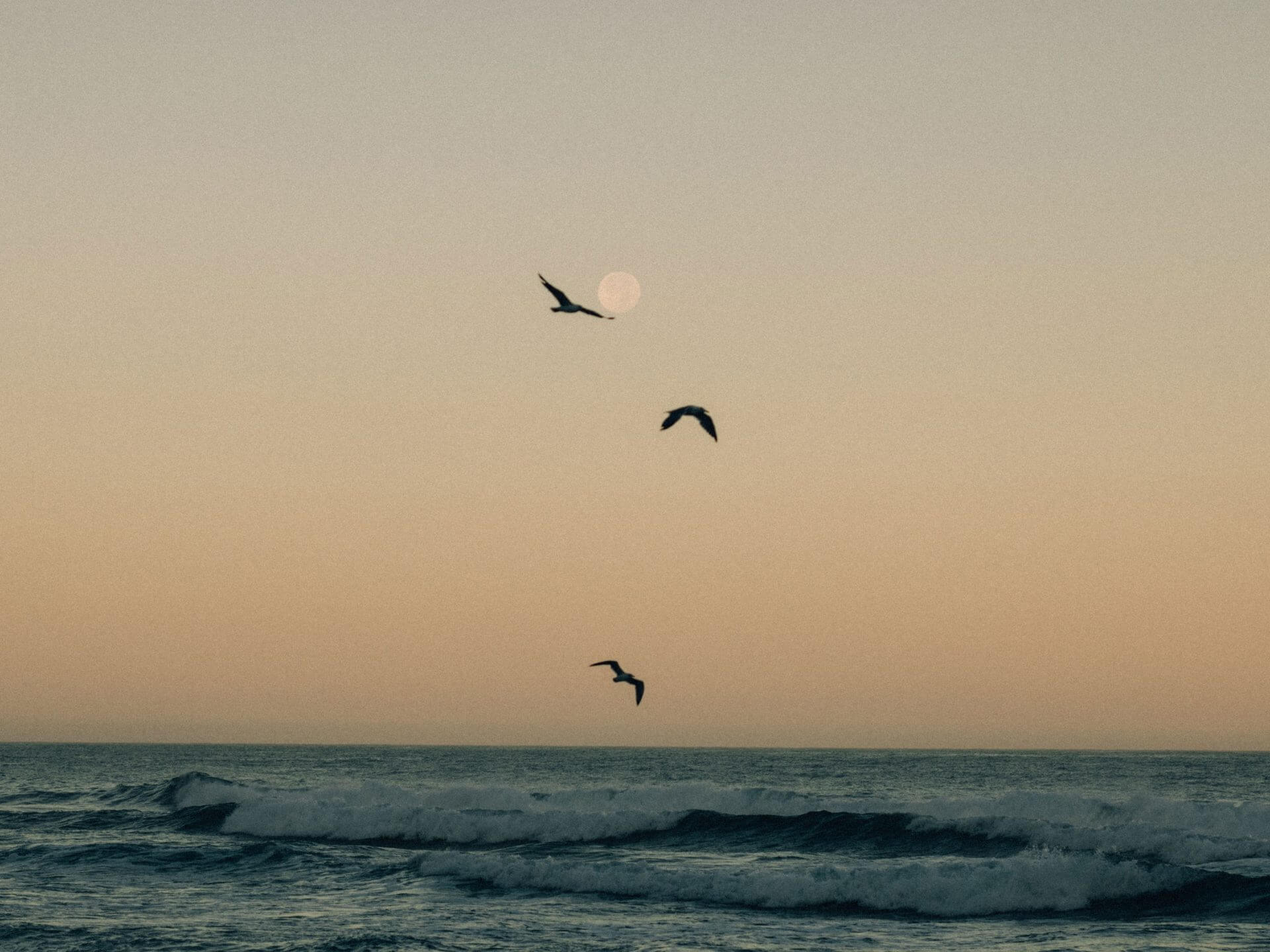
Only the Murmur of the Sea
ch. IIOnly the Murmur of the Sea
Sintra, Greater Lisbon
ch. II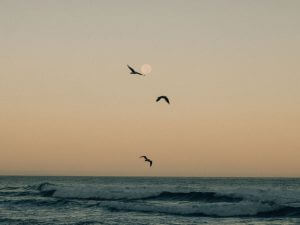 >
>
Dense, misty forests surround us as we climb higher into the bosky foothills, catching the occasional glimpse of a turret or spire rising from the green. Finally we reach the coast and the woods give way. Here, along the Cascais-Sintra coastline, are some of the loveliest beaches in Portugal, including the wild Praia da Ursa and Praia da Adraga, with its rock formations, cliffs and caves carved from prehistoric limestone.
At Praia da Adraga we meet Nic von Rupp, a 30-year-old Portuguese big-wave surfer whose rise over the past 15 years has paralleled the ascent of Portugal as a surf destination on the world stage.
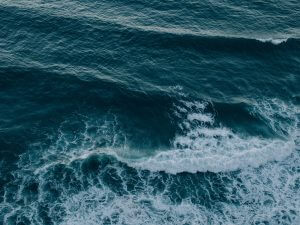
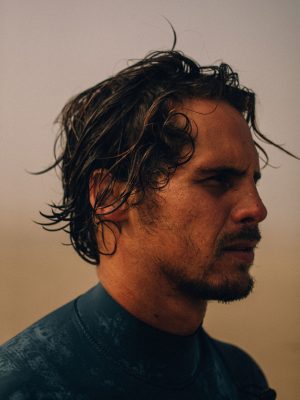
“It's the place to be—and not only for surfing,” said Nic, who grew up just minutes away. “The beach culture here is amazing. Everyone has access. We have the only capital city in Europe surrounded by ocean,” he added, staring out at the morning breaks. “You can be so close to the city, yet so far away at the same time.”
Nic began surfing professionally at the age of 14, back when the country, despite its world-class waves and year-round surf, had little surf culture to speak of. It’s grown exponentially since then, especially on the northern coast, where beaches like Ericeira, Peniche and Nazaré offer some of the best, most intense surfing conditions on the planet. But the entire coast is peppered with surf spots.
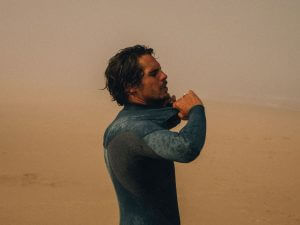
“It’s changed completely,” said ex-surfer and board-maker Nuno Matta. “When I told my family I wanted to surf, they were like, whoa, what are you going to do with your life? Now the fathers take their sons to the beach every day to go surf,“ added Matta, who began making boards in 1996.
“It started when I swapped one bike for 10 blanks,” he said. “Then I built a shaping room in my grandmother's house. That was the beginning.“ Today his company, Matta Surf, produces thousands of surfboards every year, evidence of how the country’s surf scene has exploded
From Praia da Adraga we travel a few minutes up the coast to the vast, sandy Praia Grande, which is probably best known for two things: surfing and the 120-million-year old dinosaur footprints on its southern end.
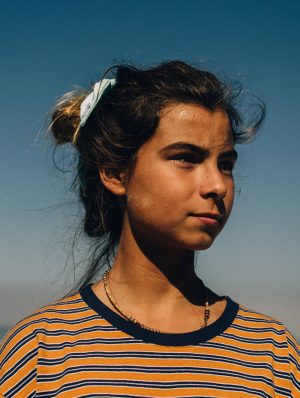
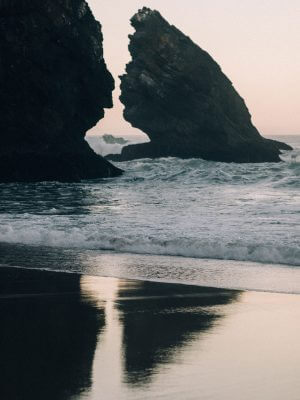
It’s late morning and the beach is still mostly empty and blanketed in mist, lending it an otherworldly, almost post-apocalyptic beauty as Nic heads out with his board into the churning surf. By the time he reaches the swells, he’s completely obscured in white.
The low visibility is no obstacle to Nic, who regularly surfs some of the most dangerous waves in the world, waves that terrify, maim and kill. But the danger, he said, is ultimately a big part of the allure. “At some point you’re addicted to it. To the feeling of fear, to being on that limbo between life and death, where everything can go terribly wrong, but everything goes right—most of the time,” he said. With the fear comes something else, something utterly calm, utterly connected.
“It’s a level of concentration, of understanding the ocean, how it's moving,” said Nic. “It's like a moment of calmness, a moment of Zen. You know exactly the waves you have to take and the ones you don't. It’s instinctive. It's an animal spirit talking to you.”
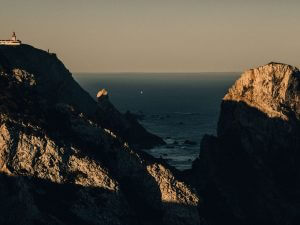

Only the Murmur of the Sea
Sintra, Greater Lisbon ch. IIDense, misty forests surround us as we climb higher into the bosky foothills, catching the occasional glimpse of a turret or spire rising from the green. Finally we reach the coast and the woods give way. Here, along the Cascais-Sintra coastline, are some of the loveliest beaches in Portugal, including the wild Praia da Ursa and Praia da Adraga, with its rock formations, cliffs and caves carved from prehistoric limestone.
At Praia da Adraga we meet Nic von Rupp, a 30-year-old Portuguese big-wave surfer whose rise over the past 15 years has paralleled the ascent of Portugal as a surf destination on the world stage.


“It's the place to be—and not only for surfing,” said Nic, who grew up just minutes away. “The beach culture here is amazing. Everyone has access. We have the only capital city in Europe surrounded by ocean,” he added, staring out at the morning breaks. “You can be so close to the city, yet so far away at the same time.”
Nic began surfing professionally at the age of 14, back when the country, despite its world-class waves and year-round surf, had little surf culture to speak of. It’s grown exponentially since then, especially on the northern coast, where beaches like Ericeira, Peniche and Nazaré offer some of the best, most intense surfing conditions on the planet. But the entire coast is peppered with surf spots.

“It’s changed completely,” said ex-surfer and board-maker Nuno Matta. “When I told my family I wanted to surf, they were like, whoa, what are you going to do with your life? Now the fathers take their sons to the beach every day to go surf,“ added Matta, who began making boards in 1996.
“It started when I swapped one bike for 10 blanks,” he said. “Then I built a shaping room in my grandmother's house. That was the beginning.“ Today his company, Matta Surf, produces thousands of surfboards every year, evidence of how the country’s surf scene has exploded
From Praia da Adraga we travel a few minutes up the coast to the vast, sandy Praia Grande, which is probably best known for two things: surfing and the 120-million-year old dinosaur footprints on its southern end.


It’s late morning and the beach is still mostly empty and blanketed in mist, lending it an otherworldly, almost post-apocalyptic beauty as Nic heads out with his board into the churning surf. By the time he reaches the swells, he’s completely obscured in white.
The low visibility is no obstacle to Nic, who regularly surfs some of the most dangerous waves in the world, waves that terrify, maim and kill. But the danger, he said, is ultimately a big part of the allure. “At some point you’re addicted to it. To the feeling of fear, to being on that limbo between life and death, where everything can go terribly wrong, but everything goes right—most of the time,” he said. With the fear comes something else, something utterly calm, utterly connected.
“It’s a level of concentration, of understanding the ocean, how it's moving,” said Nic. “It's like a moment of calmness, a moment of Zen. You know exactly the waves you have to take and the ones you don't. It’s instinctive. It's an animal spirit talking to you.”

10317 Berlin, Germany
1100-383 Lisbon, Portugal
